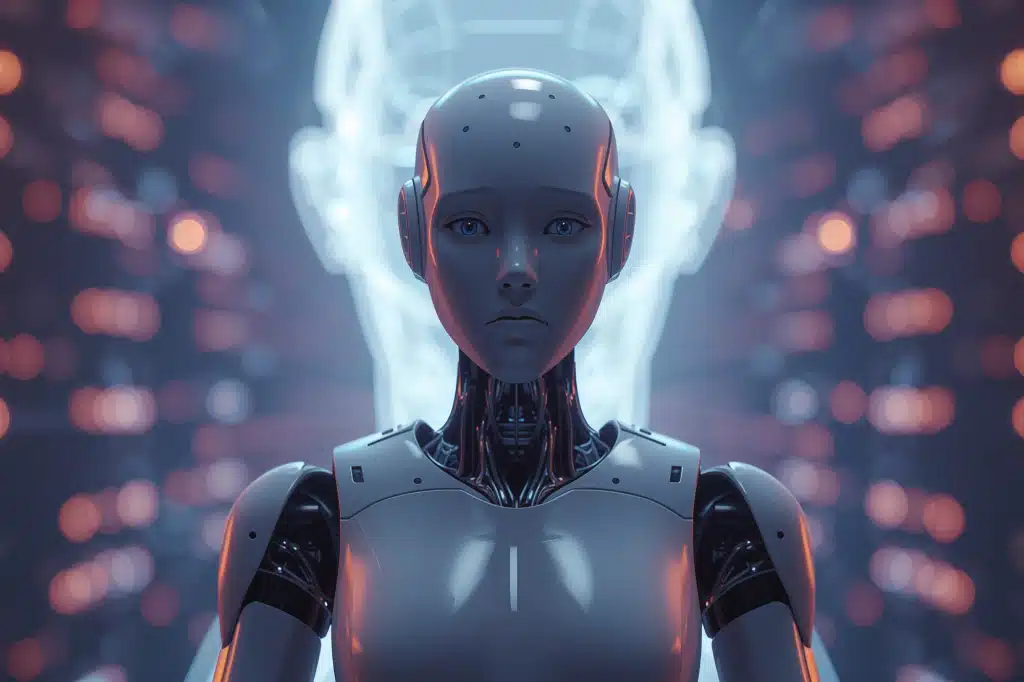Introduction
After months of anticipation, OpenAI has unveiled GPT-5, promising unmatched reasoning, coding, and multimodal abilities. Yet instead of unanimous celebration, the launch has been met with skepticism and frustration—ushering AI into what experts call the “trough of disillusionment”.
Why GPT-5 Is Facing Backlash
1. The Gap Between Hype and Reality
Before its release, GPT-5 was marketed as a revolutionary step beyond GPT-4. Many expected near-human problem-solving and creativity. While the model excels in benchmarks, real-world usage has revealed limitations—shorter responses, reduced conversational warmth, and, in some cases, slower processing.
2. User Discontent Across Communities
Within days of launch, thousands of AI users expressed disappointment, claiming GPT-5 feels less engaging than GPT-4o. The criticisms range from the loss of a “human-like” conversational style to fewer creative flourishes in writing.
3. OpenAI’s Rapid Response
Recognizing the feedback, OpenAI reinstated GPT-4o as an option and pledged to improve GPT-5’s adaptability. Upcoming updates reportedly include:
- A “thinking mode” for deeper, step-by-step reasoning.
- Greater personalization settings to adjust tone and style.
- Optimized switching between models based on user needs.
AI’s “Trough of Disillusionment” Explained
The term comes from the Gartner Hype Cycle, which describes how new technologies experience a burst of excitement, followed by a period of disappointment once limitations become clear.
For AI, this stage is marked by:
- Inflated public expectations.
- The reality of technical and ethical limitations.
- A push for more practical, trust-based applications.
What GPT-5’s Reception Means for the AI Industry
1. Technical Power Isn’t Everything
GPT-5 may outperform predecessors in accuracy and data processing, but emotional resonance matters. Users form loyalty not just from performance, but from the model’s ability to “feel” relatable.
2. Transparency Is Critical
The backlash signals the need for transparency—clear communication about changes, limitations, and what’s lost or gained in a new release.
3. Demand for Real-World Value
Beyond novelty, AI tools must consistently solve daily challenges—whether in education, research, creative industries, or personal productivity.
Examples of Where GPT-5 Could Still Shine
- Advanced Coding Assistance: Debugging complex systems with precision.
- Scientific Research: Summarizing and interpreting large datasets.
- Enterprise Automation: Streamlining multi-step workflows.
- Cross-Modal Tasks: Integrating text, images, and data into cohesive insights.
Conclusion
GPT-5’s debut marks a pivotal moment for artificial intelligence—showing that the path to mass adoption is as much about human connection as it is about technical mastery. The industry may be entering its “trough of disillusionment,” but history shows this phase often precedes a new wave of innovation.







